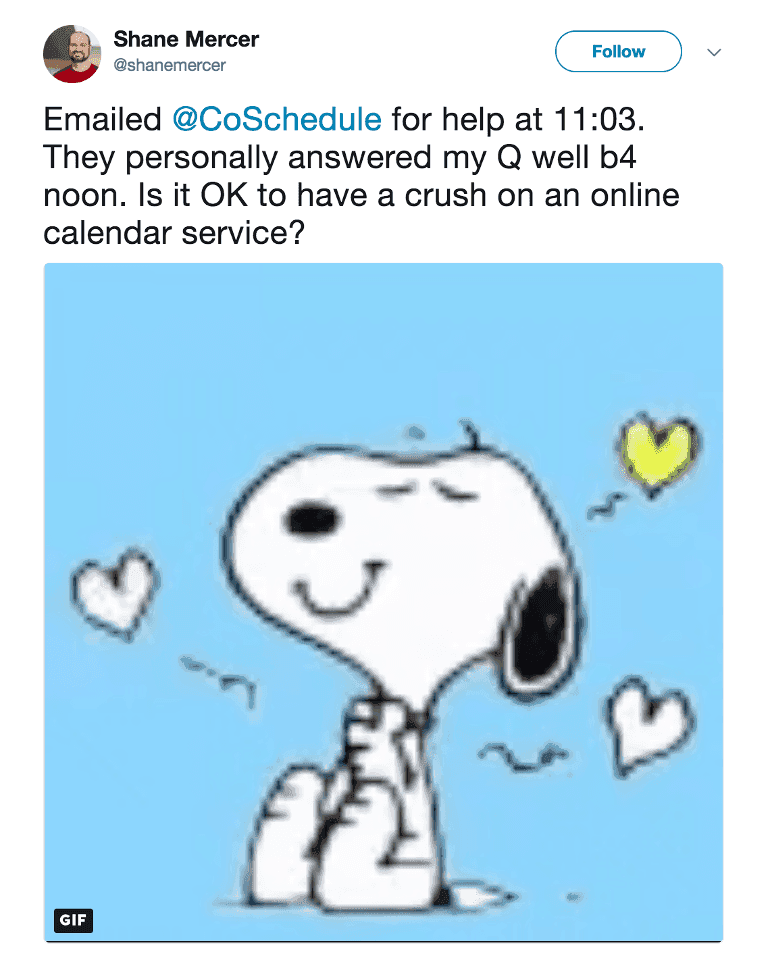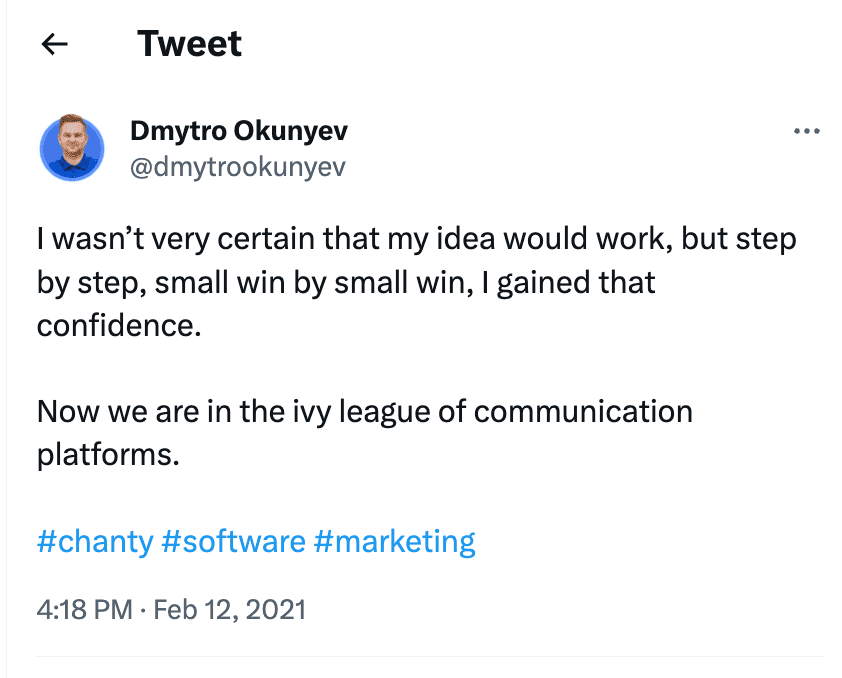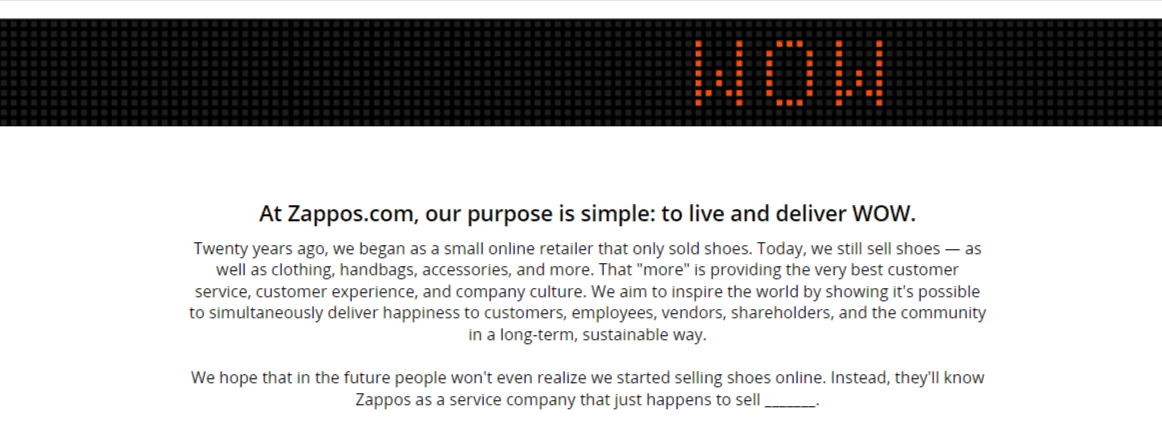When Al Ries and Jack Trout defined positioning as the most powerful concept in marketing, they weren’t wrong.
In 2007, there were about 500 SaaS companies in the US. Fast-forward to 2023, and it’s now 17,000. Small businesses have jumped from 25.8 million to 33.2 million between 2005 and 2023. These increases come with more competition. And to compete favorably, your branding has to be great, and your brand positioning must be strong.
In this guide, you’ll learn what brand positioning is, its importance, how to create a powerful brand positioning statement, and examples of companies with brilliant positioning.
“A brand position is the unique space a brand occupies in the mind of its target audience,” says Marty Neumeier, author of The Brand Gap. To have a great brand position, you need to define what differentiates your brand from competitors. Are you for or against how people do a particular thing in your industry? Do you have a mission you want to fulfill? Done right, questions like these will help your audience identify your brand online and offline.
Once you know what you stand for, communicate them in your brand positioning statement.
A brand positioning statement is a description of your unique value. It can also convey your brand promise.
Why Is A Brand Position Important?
If your business lacks a clear brand position, it risks being commoditized. The result? You’re forced to compete on price, and profit margins suffer.
Conversely, a brilliant brand position fosters customer loyalty. It makes customers buy your products even if it’s costlier than competitor products. But exactly how does brand positioning build customer loyalty? Here’s how:
A well-defined brand position helps you focus your marketing efforts on a specific target audience and cater to their needs. The outcome? You forge strong connections with this audience, and they become loyal to your brand.
Building your brand positioning strategy requires an understanding of the fundamentals. The following sections cover two fundamentals: common brand positioning strategies and the 3 C’s of brand positions.
Brand Positioning Strategies
Below are six positioning strategies that brands use.
-
Price-Based Positioning
Here, you position your product as the most affordable option. The challenge with this strategy is that it makes you vulnerable to price wars. Differentiating based on price could also be a race to the bottom because your profit margins may reduce, and this can make your business unsustainable.
-
Quality-Based Positioning
This strategy involves emphasizing your product as higher quality. Anyone can claim to have a higher quality product, so your products must blow competitors out of the water to succeed.
-
Purpose-Driven Positioning
Many companies have a mission statement, but fewer infuse it into their marketing communications. That’s a mistake because “People don’t buy what you do; they buy why you do it,” as Simon Sinek, author of Start With Why, points out. Fulfilling your brand’s purpose helps you connect with customers emotionally, inspiring their loyalty.
-
Competition-Based Positioning
Here, you single out some competitors and explicitly state why you’re better than them. This is daring, but when executed correctly, it lets you leverage your competitor’s brand awareness to grow yours.
-
Features-Based Positioning
In this strategy, you highlight your strengths. This can include features or product characteristics that competitors don’t provide. The messaging here is typically subtle and non-confrontational.
-
Customer-Service Positioning
According to Khoros, 83% of customers say they are loyal to brands that provide excellent customer service. Despite the desire for exceptional experiences, excellent customer service is rare in many verticals. A dedicated customer service team is a compelling differentiator for companies in such industries.
The 3 C’s Of Brand Positions
Kenichi Ohmae, a Japanese strategy expert, developed the 3C model. This framework highlights what to consider for creating a competitive brand positioning statement.
-
Customer
Effective positioning requires understanding your target audience’s most pressing problem. So ask yourself: “Who do you hope to serve, and what problems do they have?”
-
Competitors
To differentiate yourself from competitors, you must first know their strategies. So study your competitors — their products, messaging, and positioning. Heed this 40-year-old advice that some marketers and founders continue to neglect:
“Many companies embark on marketing and advertising as if the competitor’s position did not exist. They advertise their products in a vacuum and are disappointed when their messages fail to get through.”
Al Ries and Jack Trout, authors of Positioning: The Battle for Your Mind.
-
Company
This is where the rubber hits the road. It involves defining your strengths and challenging yourself to find ways to better serve your customers compared to the competitors.
Having completed your 3Cs research and chosen your positioning strategy, you’ve done most of the hard work required to write your positioning statement. Follow this 8-step process to guide your research and turn your findings into an effective branding statement.
- Define your target audience: Resist the urge to focus on a broad market segment. “Focus on the smallest possible cohesive subset of your market… with users that desperately need what you’re doing,” Sam Altman recommends.
- Identify your audience’s primary concern: Rank prospects’ problems in order of importance and focus on solving their most pressing problem.
- Find and analyze your dominant competitors: Ask your prospects how they currently solve their problems. You might find that your real competitors differ from those you had in mind.
- Determine your primary benefit: Ensure this benefit addresses prospects’ primary concern. This lets you craft messaging that cuts through the noise.
- Know your key differentiator: Brainstorm how to differentiate your brand from competitors. Successful positioning requires you to make a unique claim.
- Have a credibility statement: What will you tell prospects to convince them you’ll deliver on the promised benefit?
- Draft your positioning statement: Brainstorm your unique positioning statement using this template as a guide: {Insert target audience} trust {insert your brand} as the {insert unique product or service category} that {insert primary benefit} because {insert your brand} is the best way to {insert credibility statement}.
- Test your positioning statement: Confirm your positioning statement resonates with the target audience. You can achieve this by soliciting feedback from colleagues, prospects, and customers.
Below are three examples of businesses whose brand positioning facilitated their success.
Chanty
Launched in 2017, Chanty is a team chat tool that went head-to-head with billion-dollar competitors like Slack, Microsoft Teams, and Discord. It boldly positions itself as a superior alternative to Slack, its biggest competitor. As such, it appealed to users who were unsatisfied with Slack.
Consequently, Chanty acquired 10,000+ users, does over $1.5M in ARR, and is now in the ivy league of communication platforms, as its founder Dymtro said… despite being bootstrapped.
Zappos
Zappos is an online retailer that carved a niche for itself by delivering exceptional customer service. Although they sell shoes and clothing, they hope to be seen as a service company.
It describes itself as “a customer-obsessed company that focuses on delivering a WOW experience.” One of its standout offers is the 365-day Return Policy they offer customers.
Walmart
Walmart Inc. is the world’s largest retailer by retail revenue, according to Statista. The company captured its brand position in its tagline — Save Money, Live Better. For over six decades, the company has stayed true to this commitment. According to a 2018 survey by Clark, Walmart’s products are about 34% cheaper than Amazon’s.






